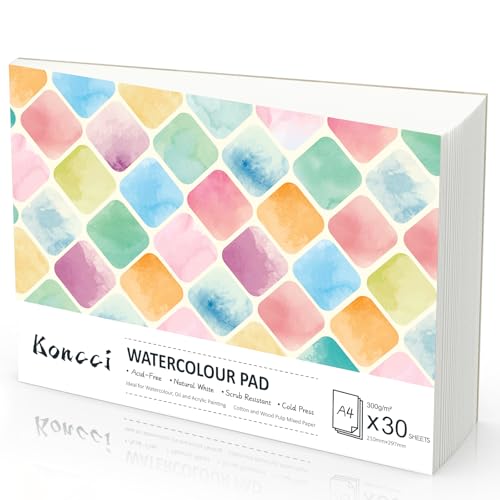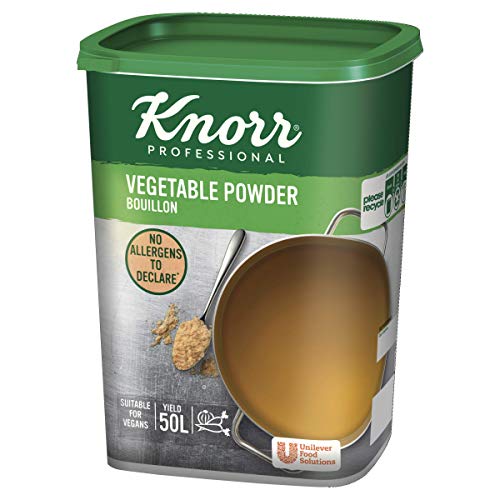Understanding Watercolour Paper: What You Need to Know
The Essential Role of Watercolour Paper
Watercolour paper is specifically designed to handle the unique behaviours of watercolour paints. Unlike regular paper, it resists warping when wet and allows paints to blend beautifully. Understanding its composition is crucial for achieving the best results with your artwork.
Why Quality Matters in Watercolour Paper
Investing in quality watercolour paper can significantly impact the outcome of your paintings. High-quality paper enhances the vibrancy of colours and ensures that your work remains intact over time. It’s worth considering when embarking on your next artistic project.
Types of Watercolour Paper: Which One Suits You Best?
The Three Main Types of Watercolour Paper
Watercolour paper generally comes in three types: hot-pressed (smooth), cold-pressed (not rough), and rough. Each type offers a different surface texture, influencing how your paint interacts with the paper. Understanding these variations helps us choose the right type based on our desired finishing effects.
Choosing Based on Your Painting Style
If we prefer detailed illustrations or fine lines, hot-pressed paper is ideal due to its smooth surface. Conversely, if we enjoy a more expressive style with broader strokes, cold-pressed might be the way to go. Rough paper, with its pronounced texture, is excellent for creating dynamic, textured landscapes.
Choosing the Right Weight: How It Affects Your Artwork
Understanding Paper Weight
Watercolour paper is typically measured in grams per square metre (gsm). The weight affects how much water the paper can hold. For light washes, 190gsm may suffice, but for heavier washes or techniques involving a lot of water, we recommend 300gsm to prevent buckling.
Impact on Your Art Techniques
Heavier papers can absorb more water and allow us to experiment with various techniques, like lifting or glazing. Therefore, selecting a weight that complements our style can drastically improve our overall painting experience and results.
Texture Matters: Smooth vs Rough Watercolour Paper Explained
Exploring the Textural Differences
The texture of watercolour paper plays a pivotal role in the final appearance of our artwork. Smooth paper allows for smooth washes and fine detail, while rough paper enhances texture and granulation effects in our paints. Each offers unique benefits depending on our artistic aspirations.
Choosing Based on Effect and Style
If we are inclined towards detailed subjects like botanical illustrations, smoother paper can help us achieve clean lines. On the other hand, if our focus is on abstract pieces or landscapes, rough paper can contribute character and depth to our work.
Tips on Caring for Your Watercolour Paper: Ensuring Longevity and Quality
Storing Your Paper Correctly
To preserve the quality of our watercolour paper, we should store it flat in a cool, dry place. Avoiding places with drastic temperature changes ensures that the paper maintains its integrity and texture.
Working with Water Safely
When painting, it’s important to use the right amount of water. Excessive moisture can damage the paper, so managing our water usage keeps our art looking fresh and vibrant. Taking these precautions not only enhances our work but ensures the longevity of our supplies.
























